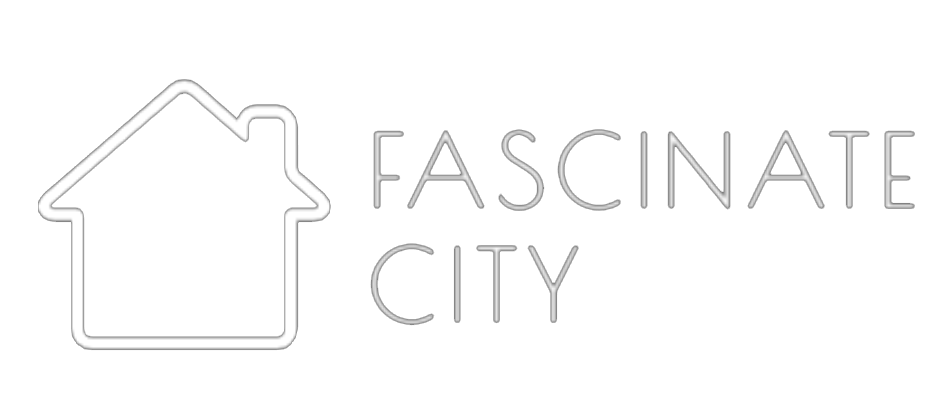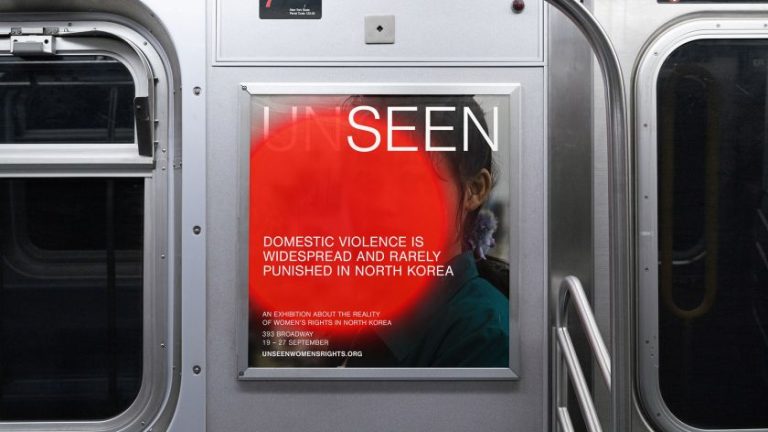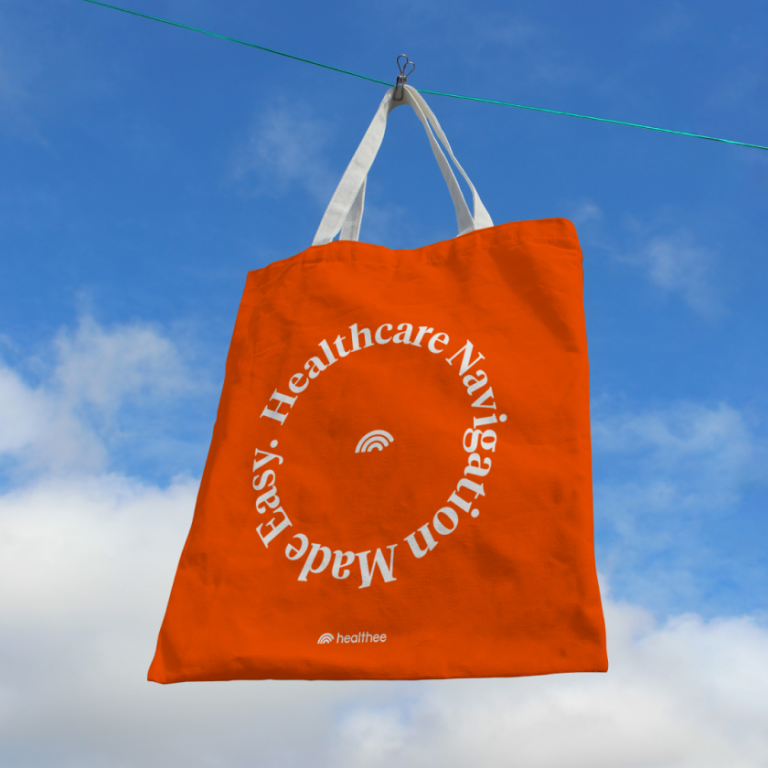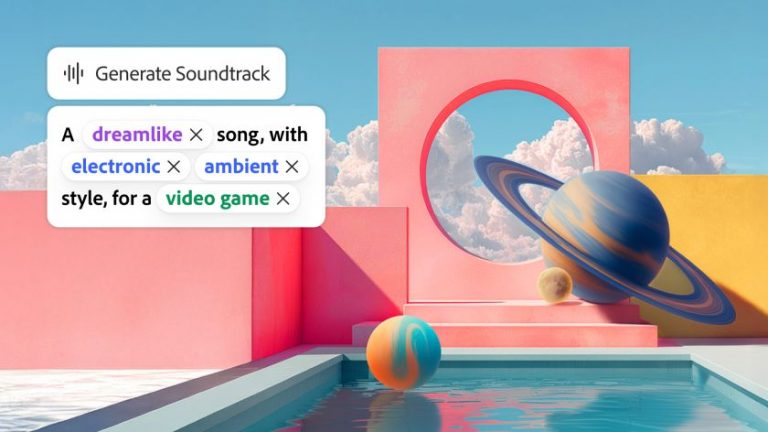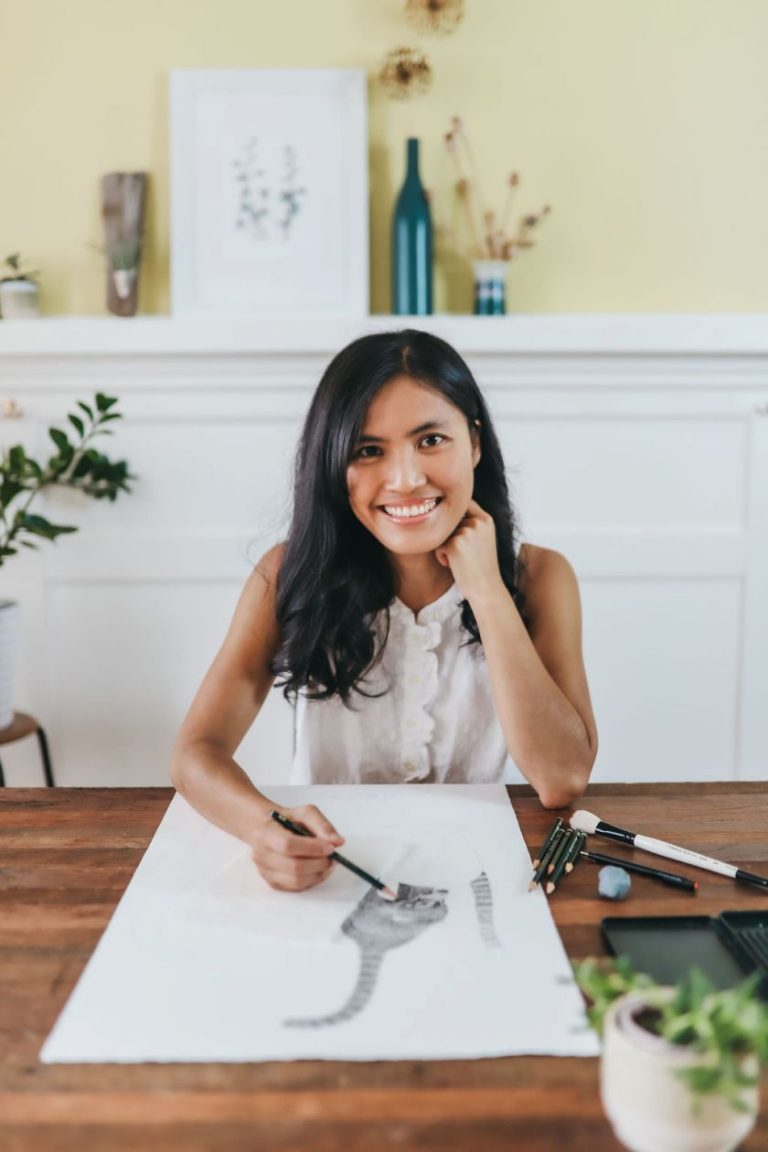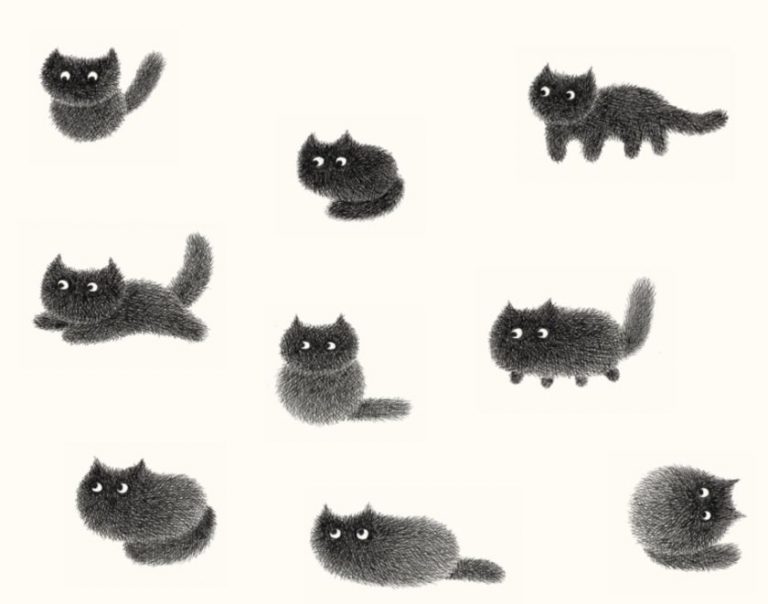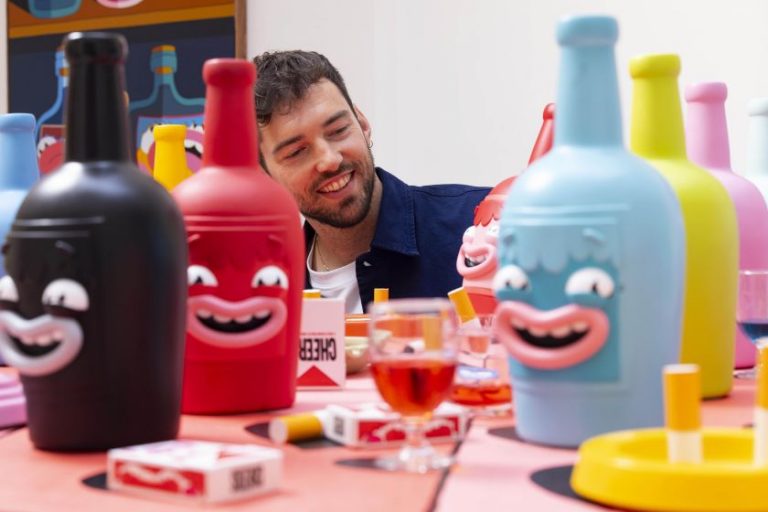Image licensed via Adobe Stock
We canvased creatives from around the world about ageism… and their responses reveal a pattern that’s impossible to ignore.
Ageism in the creative industry is one of those things you know exists, but is rarely acknowledged. While you won’t find “must be under 40” written in a job spec, ageism is hidden in plain sight; within pay bands, within image-conscious branding, and within who gets called back for a second interview.
For graphic designer Federico Lenzberg, it’s a classic Catch-22. “When applying for jobs, I went from having not enough experience to having too much,” he recalls. While it might seem crazy to complain about ‘too much’ experience, this is usually code for too expensive, or not the right cultural fit. The subtext? We want the skillset, but not the senior.
Marketing and design expert Keith Barker has seen this dynamic for himself. “My experience was that there was nobody in the design studio over the age of 50 unless they were a freelancer,” he reports. “Agencies don’t want to pay senior wages.”
For Becky, the crunch point came aged 42. “After a two-decade career as a graphic designer, I was laid off from my last corporate job in 2023,” she explains. “I applied for hundreds of jobs after that, but got nowhere. Unfortunately, my age and resistance to moving into management and this era of AI are intersecting, which has me wondering why exactly I’m no longer employable.”
Mid-career crisis
It’s a pattern you see time and time again: if you’re unlucky, “mid-career” can be a no man’s land. You’re too experienced for entry-level, not corporate enough for senior management, and under suspicion for not embracing the latest shiny tools as fast as the fresh-faced young grads.
Artist and designer Squeaky Tiki has experienced the sting of being overlooked, despite a track record that speaks for itself. “I can do three times the work in a third of the time and don’t need my hand held,” he points out. “Yet I’m passed over for junior designers pretending they’re senior-level creatives. In the past four years, I’ve had three clients come back after they tried someone younger. Even though I charge more, I cost less in the long run, because I get to the solution quicker.”
Sometimes the bias isn’t even hidden: it’s baked into the very structure of the art world. As Squarespace website designer Dana says: “If you’re starting as an artist after 40, you’ll face a lot of age barriers. A large percentage of support for new artists, whether it’s grants, exhibitions, residencies and other initiatives, has age limits of 39 or less.” In other words, it’s not just perception; there are literal, written rules excluding older creatives from work.
The irony of ageism in the arts is perhaps best summed up by artist Jen Leo. “It’s taken 15–20 years to develop a level of craft, creativity and professionalism in my creative practice that I can be truly proud of,” she says. “Now that I’ve reached that point, I could be too old at 40 to be considered for some opportunities, which may favour young and emerging.”
Bias runs deep
For some, ageism is more direct and personal. Jana Zednickova recalls: “When I was just north of 40 on the agency side I was pulled aside by the company’s chairman, who was well into his 60s, and told that at some point, women just age out of the field.” Not whispered, not implied, just said outright.
Ageism doesn’t just happen behind the scenes, either. Sometimes it’s visible in how audiences engage with art. Lyndsey MacDougall says, “I’m a conceptual self-portrait artist, and I definitely think my work would get more social attention if I used a younger woman as a model. That’s the reality.” It’s a reminder that age bias runs deep through society at large, not just among employers.
Some, of course, refuse to play by those rules. Artist Angela McAuley is one of them. “I don’t give a damn whether there is ageism or not,” she retorts. “I will be continuing with my practice anyway. They will have to prise that paintbrush out of my cold, dead mittens, and even then I’d probably still put up a decent fight.”
Others see going it alone as the answer to structural ageism. This isn’t a magic shield, of course, but it does strip away a lot of the performative nonsense. As Isaac LeFever says: “I turned 40 this year and I’m happy to be freelance these days. My work can just speak for itself instead of my needing to appear relevant in some workplace amongst a bunch of Zoomers.”
Age is a bonus
Of course, not everyone over 40 is struggling. Artist and animator Jonathan Sargent, for example, says: “I’m still in and thriving at 55, but it’s because of a 30-year strong network.” That’s an important point: when you have the connections and reputation, age stops being the first thing people see.
There are also many ways in which age can be a bonus. For clients, for example, gravitas and authority are typically more important than youthful enthusiasm. “If anything, age is a positive,” believes interior designer Michael Wood. “Having decades of experience is a strong selling point.”
Graphic designer Gretchen Herrmann tells a similar story. “I’ll be 64 and have been freelancing for 33 years,” she says. “I thought work would dwindle as I got older and I’d naturally know when to retire, but I am as busy as ever.” So, how does she do it? “I try to stay relevant,” she says. “I know design trends before my clients do, because I’ve been through every style already. I embrace technology as it changes.”
No smoking gun
Not everyone, though, is so lucky. Lisa Robbin Young says: “My husband is pushing 60 and is a Grammy-nominated art director. He’s applied to hundreds of design jobs since November, but gotten nothing but crickets.”
Brand designer Jason Prater
tells a similar story. “I would welcome negativity,” he says. “What we get instead is ghosted. A complete lack of any response or reaction to inquiries and applications. As blatantly obvious as ageism is in the creative industry, it’s still just speculation. Because no one doing the hiring has ever come out and said ‘your age is a problem’. But it’s the only logical explanation for so many great designers having such a hard time finding work.”
Maybe that’s the most insidious part: the plausible deniability. Ageism in the creative industries is rarely a smoking gun; it’s death by a thousand polite “we’ve gone in another direction” emails. You can’t challenge what you can’t prove, and you can’t prove what’s never openly acknowledged. Which means the burden of coping, adapting and self-reinvention is quietly placed on the shoulders of the very people being frozen out.
But here’s the thing: creativity has never belonged to one age group. The industry may fetishise the new, but some of its most enduring work comes from people with decades of trial, error, and hard-won taste under their belt. If we were serious about innovation, we’d stop treating experience like a liability and start seeing it for what it is — an asset you can’t teach, and a perspective you can’t fake.
Until then, older creatives will keep doing what they’ve always done best: making great work in spite of the system, not because of it.
